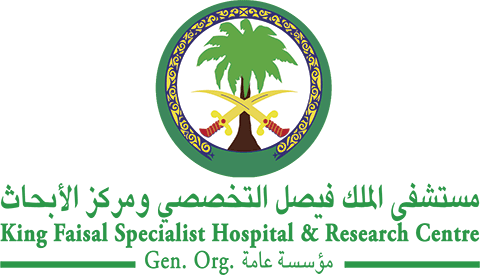Abstract
Background/Objective: Myelodysplastic syndrome (MDS) is a clonal disorder of hematopoietic stem cells, characterized by ineffective hematopoiesis, peripheral cytopenias along with hypercellularity of the bone marrow, and marked dysplastic features. Establishing MDS diagnosis is difficult due to nonspecific clinical presentation and imprecise morphological criteria. In anticipation to improve the diagnostic approach in this field, we aimed to characterize the clinical and morphological features of patients presented with cytopenias with a special focus on MDS. Methods: We comprehensively reviewed all medical record of patients who were referred to the hematology laboratory at KFSH-RC, Riyadh, Saudi Arabia, between January 2009 and March 2016 for evaluation of bone marrow aspirates and trephine biopsies due to severe and persistent cytopenia(s) to rule out MDS. Results: A total of 183 patients, 155 adult and 28 pediatric, were identified. In the adult group, MDS was diagnosed in 82 (52.9%) patients, with a male-to-female (M:F) ratio of 1.6:1 and mean age at diagnosis of 50 years. According to the World Health Organization (WHO) 2017 criteria, MDS subtypes were as follows: MDS with single lineage dysplasia (SLD, 5%), MDS with ring sideroblasts and SLD (MDS-RS-SLD 7%), MDS with multilineage dysplasia (MDS-MLD 21%), MDS with deletion of chromosome 5q (MDS del(5q), 2%), MDS unclassifiable (MDS-U7%), hypoplastic MDS (h-MDS 4%), MDS with excess blasts-1 (MDS-EB1, 20%), MDS with excess blasts-2 (MDS- EB2, 28%), and therapy-related MDS (6%). Laboratory and morphological features were described. In both groups, cytogenetic abnormalities were classified according to the Revised International Prognostic Scoring System cytogenetic risk groups. In adults, the dominating cytogenetic abnormalities were monosomy 5 and monosomy 7 seen in 20.7% and 24.4% of patients, respectively. Peripheral cytopenia not due to MDS was diagnosed in 54 (34.8%) patients, with a mean age of 43 years and M:F ratio of 1:1. The cause of these cytopenias were as follows: bone marrow failure (BMF, 22%), peripheral destruction (20%), drug induced (20%), anemia of chronic disease (16%), B12 deficiency (7%), infection (7%), paroxysmal nocturnal hemoglobinuria (4%), idiopathic cytopenia of undetermined significance (2%), and idiopathic dysplasia of undetermined significance (2%). A definite diagnosis of MDS was not possible in 19 patients due to insufficient clinical data. In the pediatric group, MDS was diagnosed in 14/28 (50%) patients, with M:F ratio of 1.8:1 and mean age at diagnosis of 4 years. MDS subtypes (WHO 2017) in 14 patients were as follows: refractory cytopenia of childhood (RCC, 42.8%), MDS-EB1 (42.8%), and MDS-EB2 (14.2%). Laboratory and morphological features were described. The prevalent cytogenetic abnormality was monosomy 7 in six/14 (42.8%) patients. Cytopenias due to other causes were diagnosed in eight/28 patients (28.5%), with a mean age of 6.5 years and M:F ratio of 1.6:1. The causes of non-MDS related cytopenia were: congenital BMF (4 patients), peripheral destruction (2 patients), immune deficiency (1 patient), and viral infection (1 patient). A definite diagnosis of MDS could not be made in six/28 (21.4%) patients. Conclusion: MDS is the cause of cytopenia in a significant number of patients referred for evaluation of cytopenias, appears at younger age, and tends to be more aggressive than that reported in international studies. Anemia, dysplastic neutrophils in the peripheral blood, and dysplastic megakaryocytes in the bone marrow trephine biopsy are the most reliable features in distinguishing MDS from other alternative diagnoses.
Recommended Citation
AlMozain, Nour; Mashi, Ayman; Alneami, Qasem; Al-Omran, Amal; Bakshi, Nasir; Owaidah, Tarek; Khalil, Salem; Khogeer, Haitham; Hashmi, Shahrukh; Al-Sweedan, Suleimman; Morris, Thomas; and AlNounou, Randa
(2022)
"Spectrum of Myelodysplastic Syndrome in Patients Evaluated for Cytopenia(s). A Report from a Reference Centre in Saudi Arabia,"
Hematology/Oncology and Stem Cell Therapy: Vol. 15
:
Iss.
2
, Article 6.
Available at: https://doi.org/10.1016/j.hemonc.2020.11.001
Creative Commons License

This work is licensed under a Creative Commons Attribution-Noncommercial-No Derivative Works 4.0 License.
Included in
Cancer Biology Commons, Hematology Commons, Oncology Commons

